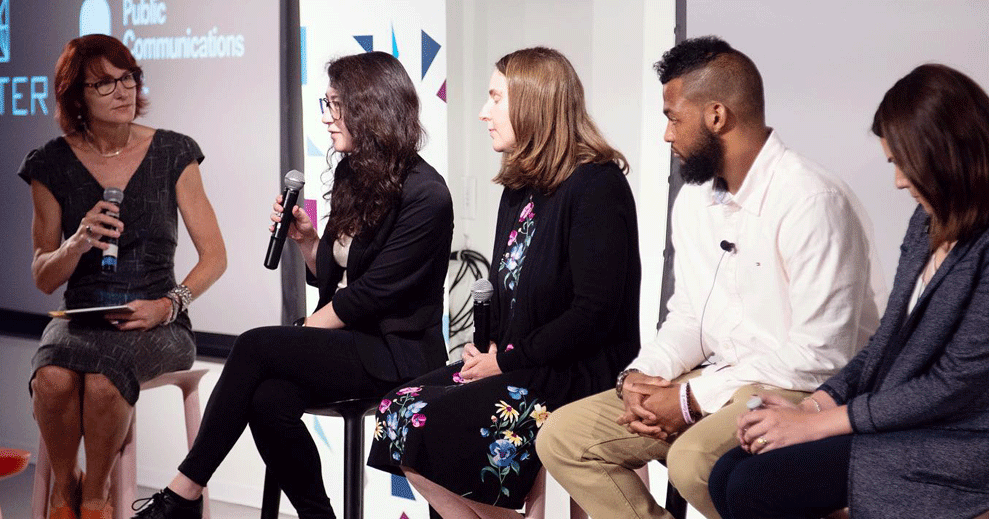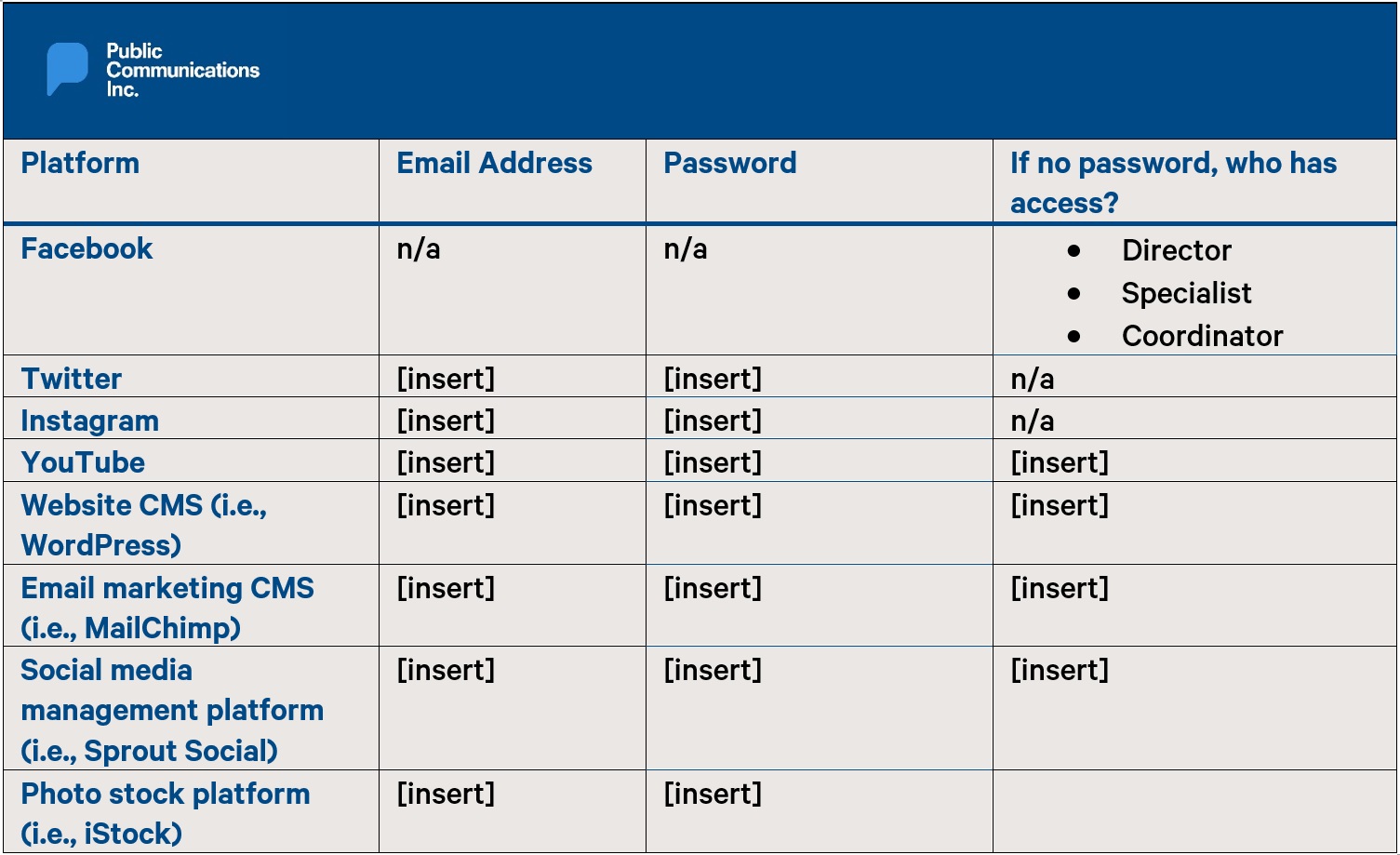
5 Tips to Make Your Story Stand Out to Healthcare Journalists

Mary Enragey
Senior Vice President
Do you have a great healthcare story to share, but struggle to find the best way to get reporters to agree?
My team led a panel at MATTER, a PCI partner and a Chicago-based health tech incubator and collaboration hub, where four leading healthcare journalists from Built in Chicago, Chicago Tribune, Modern Healthcare and Crain’s Chicago Business offered tips on how to convince reporters that your story is one they’ll want to share with their audiences. Here are five takeaways:
1. ESTABLISH RAPPORT AND BUILD GENUINE RELATIONSHIPS WITH THE MEDIA.
Reporters are more likely to consider a story pitched by a source they know and trust. And a genuine relationship means you’re willing to help out a reporter with information even when there’s no direct benefit to your organization. Look beyond the immediate goal of getting your story placed; your long-term goal is to become a valued media source.
2. MAKE SURE YOUR STORY DEMONSTRATES AN OUTCOME.
How does your story end? Ideally with a positive impact. Does your story demonstrate how your organization or product makes things better for an industry, for doctors, for patients? Make sure you tell your story in a way that helps the reporter, and ultimately the audience, understand why they should care.
3. DON’T BE A PEST, BUT DO BE PERSISTENT.
Pitches can get lost in a sea of emails and most reporters are too busy to drop what they’re doing and respond immediately to your pitch. So do follow up by phone or with another email. When does being persistent turn you into a pest? Use your best judgment and remember to follow Tip #1. You’ll have more leeway with a reporter with whom you’ve developed a good relationship. Also keep in mind that reporters often keep story ideas on file for when the time is right.
4. GET TO THE POINT.
Reporters don’t have time to read long pitches, or try to figure out what you’re getting at. Be clear, concise and direct, and put the good stuff in the subject line and the first sentence of your email.
5. DO YOUR RESEARCH.
Make sure your pitch is directed to the right journalist at the right company within the right industry. Know who you’re writing to or calling, and make sure the information is relevant to that person. When you contact the wrong person, you waste everyone’s time and lose credibility.
Want to know more about how to tell your healthcare story? Read PCI’s blog post recapping another MATTER workshop on brand communications or contact PCI at lets_talk@pcipr.com.

Ditch the scribbles in your notebook or sticky notes. Consider capturing the above information in a password-protected Excel spreadsheet or…
Invest in a password manager
An Excel spreadsheet is not as secure and requires more manual updates than a secure password manager platform like Keeper or Last Pass. Staff changes occur naturally, and in this environment, can sometimes be sudden and unexpected. A password manager platform will allow you to be in more control of the various platforms that keeps your organization running, offering solutions like random-generated and secure password combinations (no more “password123”s) and click-of-a-button abilities to change passwords whenever there’s a need.
We’re all experiencing platform fatigue. There’s even a password to control my smart home lighting! But it’s a new world in which we all live and necessary evil to ensure your organization’s external communications channels are within grasp and cyber secure. Once you have your platforms under control, it’s time to have some fun! Let’s talk about how you can effectively tell your story with data-driven approaches across your digital channels: digital@pcipr.com.
Vice President of Digital Michael Queroz leads Public Communications Inc.’s digital practice. He is particularly passionate about integrating media and digital strategies into client programs to support all communications needs, and has worked with a variety of Chicago-based and national nonprofit, conservation, destination and healthcare clients.


